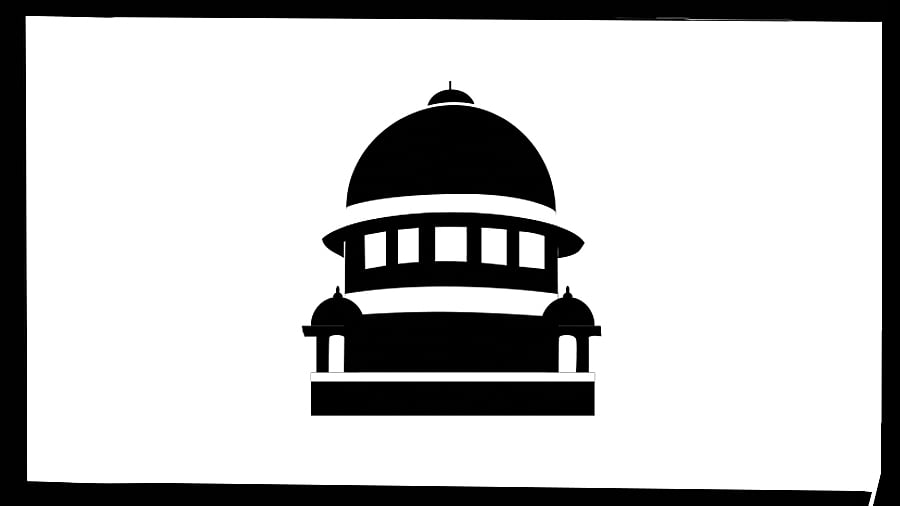
October 16, 2025, marked 10 years since the Supreme Court invalidated the 99th Amendment to the Constitution and the National Judicial Appointments Commission Act, 2014 (NJAC Act). It was a significant judgement because a constitutional amendment was invalidated in its entirety. The judgement, in what is known as the Fourth Judges’ Case, was delivered by a five-judge Constitution bench, four of whom held that the NJAC would have imperiled judicial independence like no other.
The Amendment and the NJAC Act would have collectively overhauled how judges are appointed to the Supreme Court and High Courts, by replacing the judges-led collegium with the broad-based NJAC. The NJAC, which was never operationalised, was to consist of three judges (the Chief Justice of India and two senior judges), the Union Minister of Law and Justice, and two ‘eminent persons’ to be nominated by a committee comprising the Prime Minister, CJI, and the Leader of Opposition in the Lok Sabha. Inclusion of persons other than judges in the judicial appointments process was to ensure a diversity of voices in appointments to the higher judiciary. With the NJAC nipped in the bud, the process of appointment continues to be led by the judges.
The birth of the ‘collegium’ system was, in and of itself, an outcome of executive interference in judicial appointments. Read barely, Articles 124 and 217 of the Constitution – provisions concerning the appointment of judges to the Supreme Court and High Courts respectively – reveal no mention of a collegium. The collegium owes its existence to a creative re-interpretation of the Constitution in what are referred to as the Second Judges’ Case (1993) and the Third Judges’ Case (1998). These judgements gave a determinative voice to a collegium of senior-most justices of the Supreme Court for appointments to the higher judiciary in the country, while presumably wresting this power from the executive.
A key concern that prompted the modification of the appointments process was the need for transparency. Little was known about the specifics of the collegium’s working, or the suitability criteria it employed while recommending the appointees. The collegium system’s imperfections were acknowledged by those very judges who invalidated the NJAC. Resultantly, hearings in the Fourth Judges’ Case continued till two months after the judgement, to mull over measures for the improved working of the collegium system. The final hearing concluded with the Supreme Court directing the Union Government to modify and finalise the Memorandum of Procedure to provide for objective appointment criteria, transparency in appointments, establishment of a secretariat for each High Court and the Supreme Court, and a mechanism to deal with complaints against an appointee.
A decade later, the MoP awaits modification. Finalisation of the MoP, or any other formal document, could iron out several creases. Foremost could be the prescription of a timeline within which a recommendation of the collegium has to be acted upon by the government. Inordinate delays, where collegium recommendations are not duly acted upon for months, cause uncertainty among the recommendees. Owing to the precariousness ingrained in the appointments process, many seasoned practitioners shy away from consenting to consideration of their names for possible elevation.
A shift towards accountability
A modified draft MoP was handed over to the then Supreme Court collegium by the Union Government in 2016, but little came out of it. The MoP remains contentious, with both the judiciary and the government reluctant to cede their respective voices in the appointments process. It is worth noting as recently as September 12, the Supreme Court Bar Association (SCBA) reached out to the Union Law Ministry, urging immediate finalisation of the MoP. The SCBA’s communication categorically raises concerns about the exclusion of Supreme Court practitioners from elevation to their High Courts in their respective home states.
Certain remedial steps have been taken to counter the opacity and subjectivity in judicial appointments. Starting 2017, the Supreme Court collegium had begun making its resolutions public, along with reasons for appointing a particular judge, the status of pending inquiries against them, and consultees’ views on the recommendees. Earlier this year, documents detailing the procedures and criteria for appointments of Supreme Court and High Court judges were published on the Supreme Court’s website. The website now also carries a ‘Performance Appraisal Template’ for High Court judges, which collates information regarding a potential appointee’s performance in the High Court. Details of proposals approved by the Supreme Court collegium for appointments of High Court judges (between November 9, 2022, and May 5, 2025) have also been published, covering information such as an appointee’s caste and any relationship they may have with a sitting/retired judge of the High Court/Supreme Court.
The length of collegium resolutions, however, has varied across time, sometimes only mentioning the names of those recommended for appointment. Ideally, a publicly available collegium resolution should, at the very least, reveal the number of years a potential appointee has spent at the bar. Resolutions in the last few years may have briefly included that information, but that practice has not been uniformly followed.
A decade is time enough to finalise the only procedural document which concerns appointments to India’s constitutional courts, and do a lot more. To assume that the NJAC would have addressed all appointment-related concerns in one miraculous stroke would be naive, but it certainly was a potent conversation-starter. Here’s hoping that the upcoming decade is a tad more fruitful than the last one.
(Ritwika is an assistant professor at the Jindal Global Law School, O P Jindal Global University; Manish is an Advocate-on-Record at the Supreme Court of India)